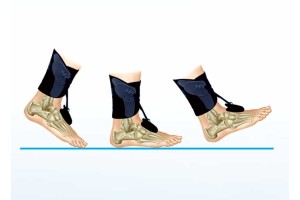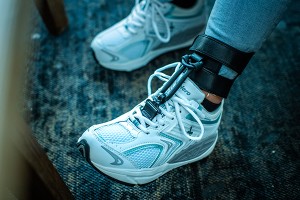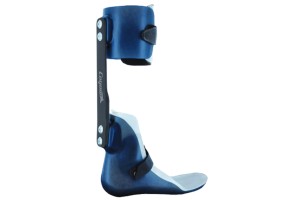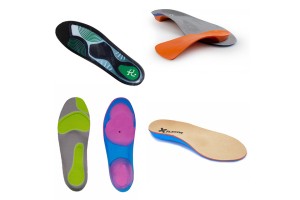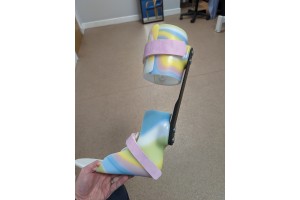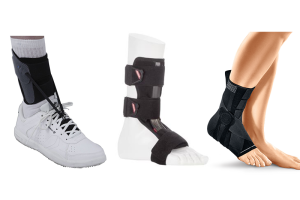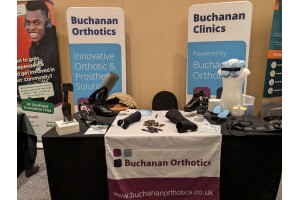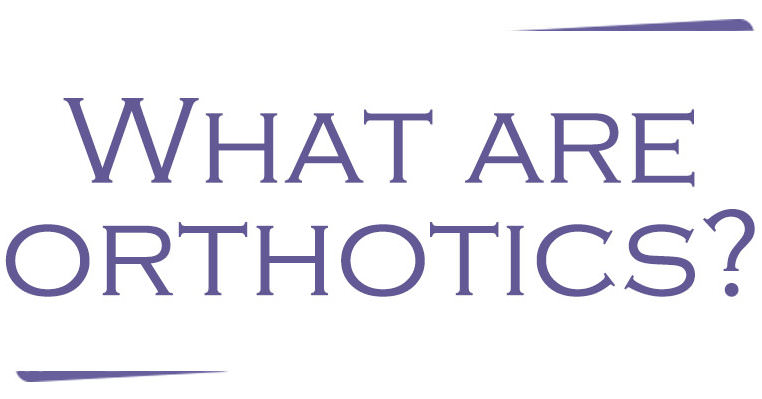
If you’re reading this, you’re probably not sure what exactly orthotics are. Since a lot of people can benefit from getting orthotics, we don’t think it should be hard to learn about what orthotics are and how they can help people. This guide should help you understand the basics about orthotics and how you can get orthotic products.
What Exactly Are Orthotics?
Orthotics is the general term for the branch of medicine which deals with the design and the use of artificial devices such as splints, braces and insoles. Specifically, orthotics are the braces or footwear which are designed to help patients with certain medical conditions to better manage their ability to perform day-to-day tasks. They can be made for any part of the body from lower body, upper body or spinal. Most people will be familiar with seeing insoles like the picture below, but orthotics can also cover different areas of the body. Orthotic products can be given either ‘stock’ or ‘made to measure’.
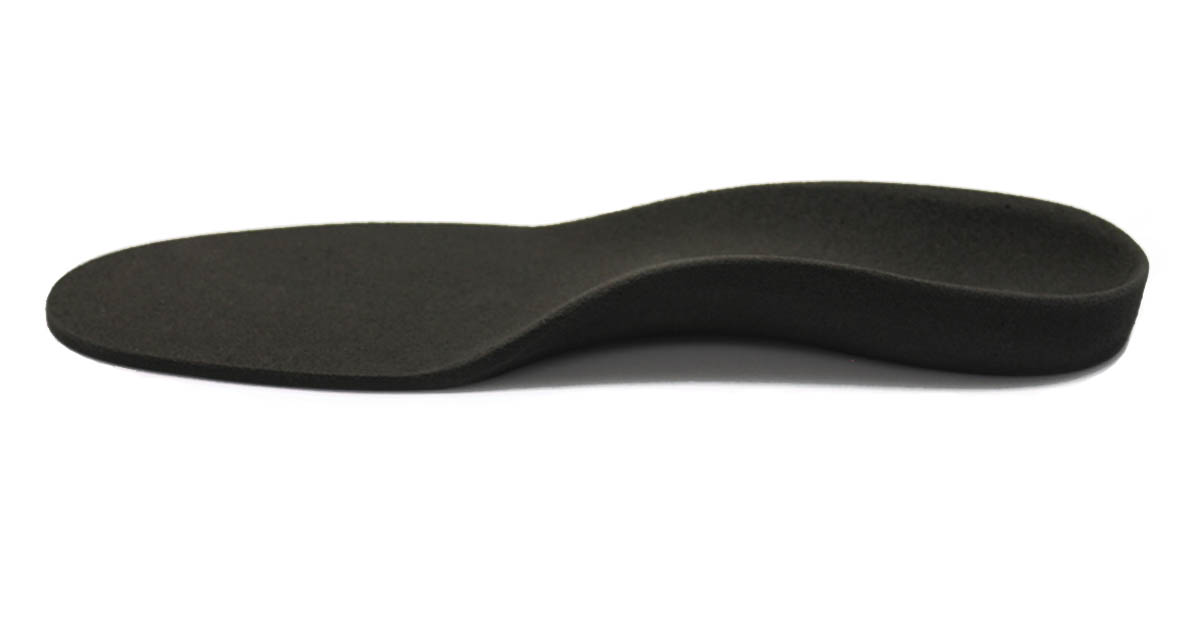
Orthotic devices are named after the joints of the body that they cover for example an insole is a Foot Orthoses (FO), a device that covers the foot and the ankle is an Ankle Foot Orthosis (AFO) and a device that covers all the joints in the leg is a Knee Ankle Foot Orthosis. (KAFO).
Why Do People Need Orthotics?
Orthotics are recommended by medical practitioners who, after an orthotic assessment, think that the patient may benefit from external support to treat their functional loss. Joints, ligaments, tendons or nerves can cause problems which are either painful or don’t allow us to function as we would like during daily activities.
The main purpose orthotics is to restore function that’s been otherwise lost due to either a medical condition, overuse of certain parts of anatomy or problems arising due to natural aging. For example, problems in the arch of the foot can make it difficult to go shopping for long periods of time without suffering from pain. With patient-specific foot orthotics, we can potentially alleviate this pain and allow movement that would otherwise be more difficult.
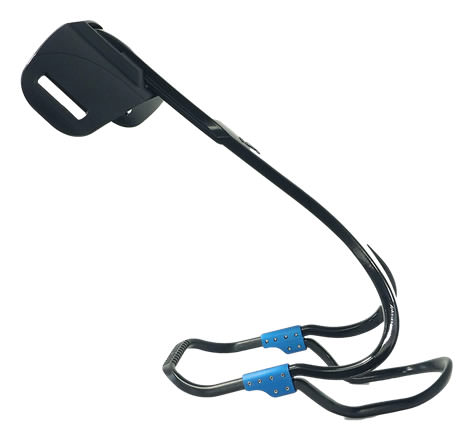
A clear example of a beneficial device is the Turbomed XTERN (which you can see in the picture). The Turbomed is designed to help patients suffering from Drop Foot which can have a severe impact on someone’s gait. The Turbomed attaches to the shoe and helps people with drop foot to move across uneven ground, slopes and even running with more ease. As one patient describes, ‘my stride distance is longer, I feel a lot more upright; my gait feels far more balanced and I feel as if I have my lower leg back’. While every product has different aims and benefits, this is a good example of how orthotics can make a difference in someone’s life.
Who Takes Orthotic Appointments?
Orthotic appointments are taken by medical professionals called ‘Orthotists’. An Orthotist will have an Honours degree and sometimes a Masters degree before practicing. The degree includes clinical placements and allows them to learn human anatomy and biomechanics, applied research in health services and how to design and manufacture orthoses. Once qualified, they also attend several courses every year to keep up with the latest developments in materials and biomechanical concepts.
Orthotists are held accountable to strict medical standards and are members of Health and Care Professionals Council (HCPC). The ‘Orthotist’ title is protected by law and it’s a criminal offense for practitioners to use the title without being registered with the HCPC.
How Do I Get Orthotics?
You can book an appointment with one of our Orthotists in Glasgow or contact us for more information. You can also talk to your GP who may be able to refer you on to an orthotic NHS clinic. Our orthotic clinic is private but we proudly provide clinicians and services to many NHS clinics and hospitals in the UK.
Depending on what product your clinician recommends, you’ll receive a timeline of when you can expect to receive the product. Usually, we will have a fitting session to make sure the product is correct or identify any adaptions that are necessary. You’ll also receive tips and guidance from your orthotist about how to wear the orthosis. For example, you might begin wearing insoles for one hour the first day, two hours the next and gradually build up to wearing them as long as necessary.
To see more examples of what orthotic products look like you can see our stock product range available online.
Our Steprite range of footwear is also available via our clinic and would require assessment by one of our orthotist

